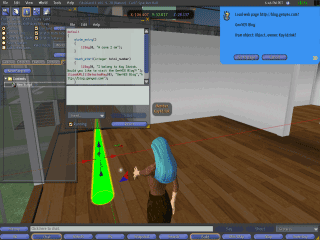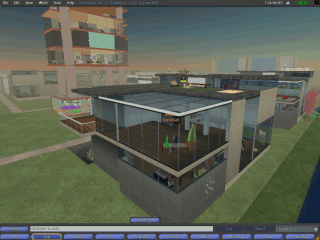Wes Fryer had an interesting post yesterday, The Future is Unwritten. He said a lot of especially smart things (as usual) about changing policies to move beyond 19th century factory models of school. However, there was one part that got my mind spinning.
How do we prepare students for an unwritten future? Certainly we have to study the past, but as Steve [Jobs] also said in the interview, we can’t just be always looking to the past. We have to look to the future. We need to collaborate, create, struggle and build together now to develop and refine those skills which will serve us well in the uncertain yet amazingly exciting world of our present and future.
How often do we forget that all important present? There is no more “present” member of society than a child.
What if we stopped thinking about preparing children for the unwritten future and concentrated on their present. We’ve all heard the usual “we must prepare students for the global workplace of the future” mantra. But worse, schools make a practice of preparing students for the unwritten future only months or years away, and thus let opportunities of the present slip by.
Pre-Ks now better be able to recite the alphabet–no more finger paints and sandbox for our little achievers! Parents are told that their 5 year olds should be held back from kindergarten so they will be better able to compete in later grades. Fourth graders have to buckle down so they will be ready for middle school. Why is learning to multiply fractions important? So you can do well in pre-algebra! Middle school focuses on teaching kids research skills for high school. High school classes teach the 5 paragraph essay “for college” and how to write memos. Memos? What’s that?
If we turn every learning experience into preparation for something else, we just convince kids that what they do today isn’t important. Every day is the day that a kid might find his or her bliss, create something that didn’t exist before, or have an aha moment that changes their lives.
If change is the norm, it’s even more important to seize the opportunities of the present day.
Sylvia
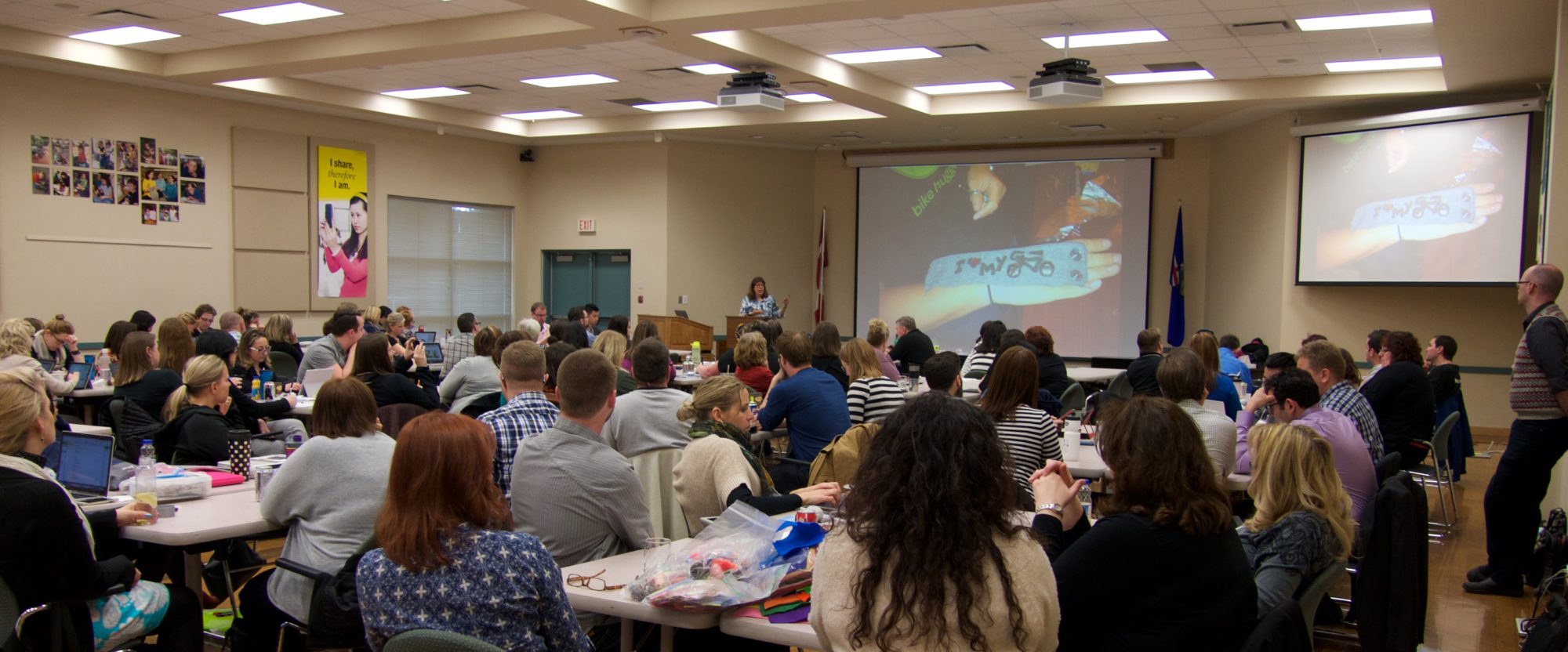
 This week’s special feature – Dinosaur Sightings: Computers and software from the 1970s and 80s might bring back some memories (or maybe some of these are still the mainstays of your computer lab!)
This week’s special feature – Dinosaur Sightings: Computers and software from the 1970s and 80s might bring back some memories (or maybe some of these are still the mainstays of your computer lab!) In 1977, I built my first computer from a kit – the
In 1977, I built my first computer from a kit – the  Did everyone get this? GRADE 4 – yes, nine and ten year-olds. Did someone forget to tell these kids that fixing computers is hard? Did someone forget to tell Kevin that nine-year-olds actually need extensive computer literacy lessons so they can answer multiple choice questions about what CPU stands for? Opps! Too late – they are doing real work, finding out for themselves that broken things can be fixed, and making a lasting contribution to their community. Hey, is that on the test?
Did everyone get this? GRADE 4 – yes, nine and ten year-olds. Did someone forget to tell these kids that fixing computers is hard? Did someone forget to tell Kevin that nine-year-olds actually need extensive computer literacy lessons so they can answer multiple choice questions about what CPU stands for? Opps! Too late – they are doing real work, finding out for themselves that broken things can be fixed, and making a lasting contribution to their community. Hey, is that on the test? The
The 



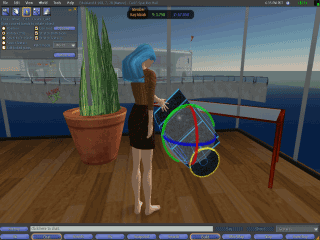
 Kevin showed me how to sit on my chair. Seriously, this sounds crazy, but that took a long time. You can sit on every object in Second Life, but depending on how complex the object is, you can sit on different parts of it. If you click on the back of the chair and select “Sit”, your avatar obligingly perches on the top of the back. If you are standing to one side, the avatar will sit across the arms. If the chair is too close to a wall or desk, you will get a warning that there is no room.
Kevin showed me how to sit on my chair. Seriously, this sounds crazy, but that took a long time. You can sit on every object in Second Life, but depending on how complex the object is, you can sit on different parts of it. If you click on the back of the chair and select “Sit”, your avatar obligingly perches on the top of the back. If you are standing to one side, the avatar will sit across the arms. If the chair is too close to a wall or desk, you will get a warning that there is no room.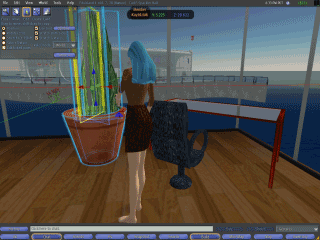 1. The system was training me. As I learned more about what the interface could and couldn’t do, I was internalizing the constraints of the system. The accuracy limitations, time lag, and clumsy way that the mouse and menu controls work are obviously a problem that people can learn to work around, but still are limitations. It’s like asking a student to do chemistry experiments with mittens on. Doable, and perhaps a noble challenge, but is it optimal? Of course not. Will this weed out people who can’t tolerate this learning curve, very likely. Will some people love the challenge — that’s obvious.
1. The system was training me. As I learned more about what the interface could and couldn’t do, I was internalizing the constraints of the system. The accuracy limitations, time lag, and clumsy way that the mouse and menu controls work are obviously a problem that people can learn to work around, but still are limitations. It’s like asking a student to do chemistry experiments with mittens on. Doable, and perhaps a noble challenge, but is it optimal? Of course not. Will this weed out people who can’t tolerate this learning curve, very likely. Will some people love the challenge — that’s obvious.
